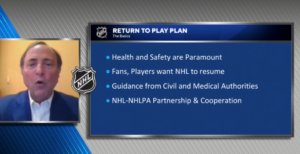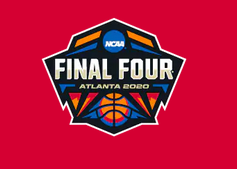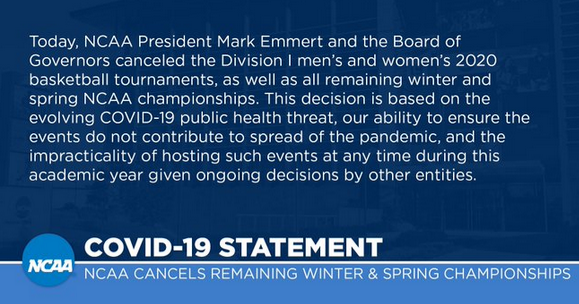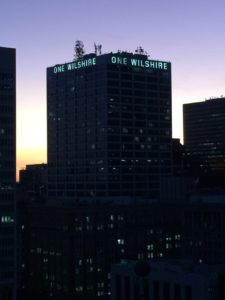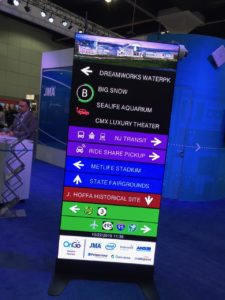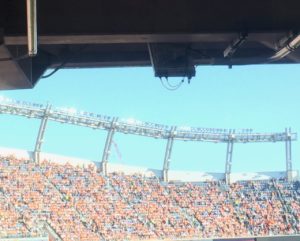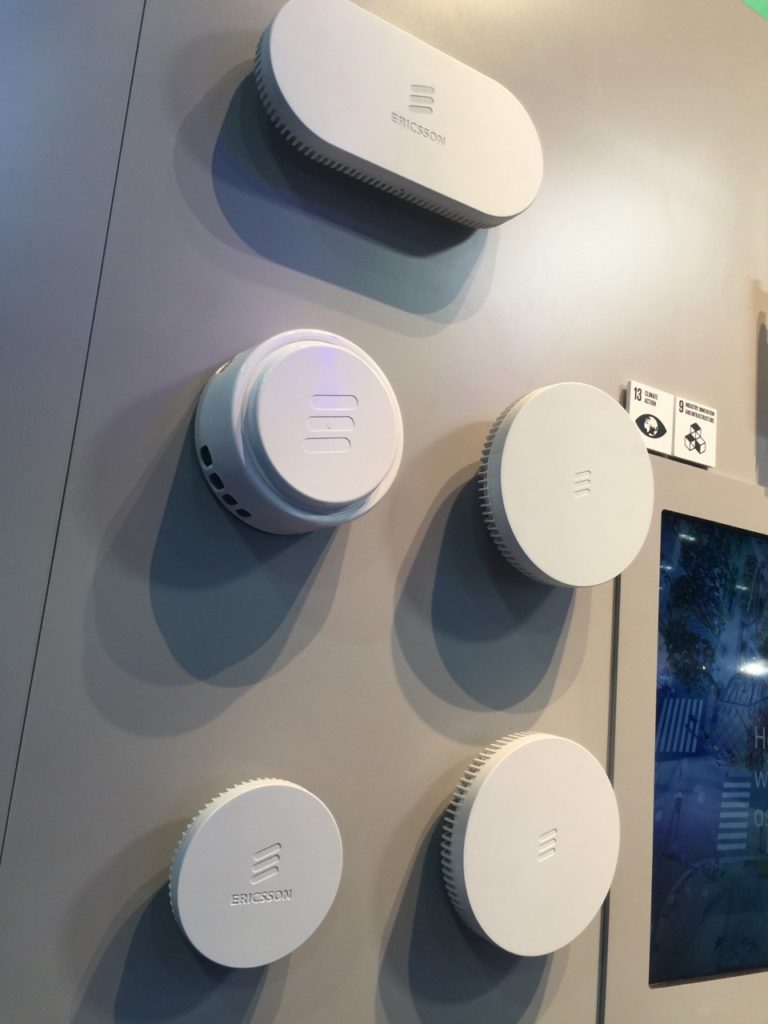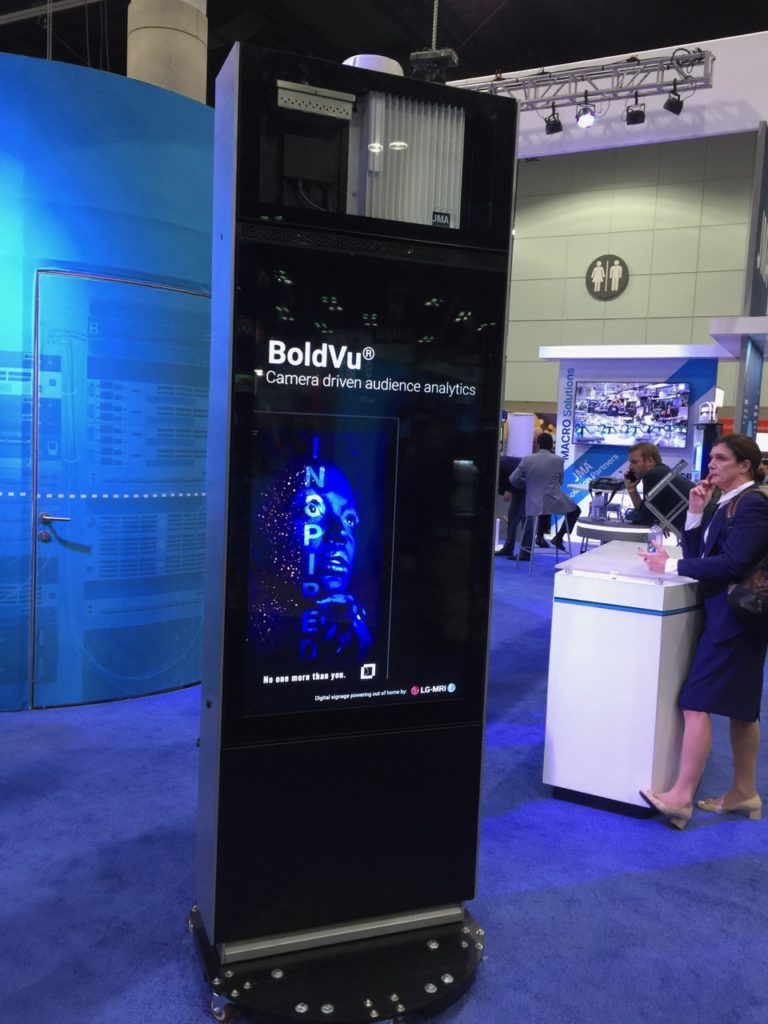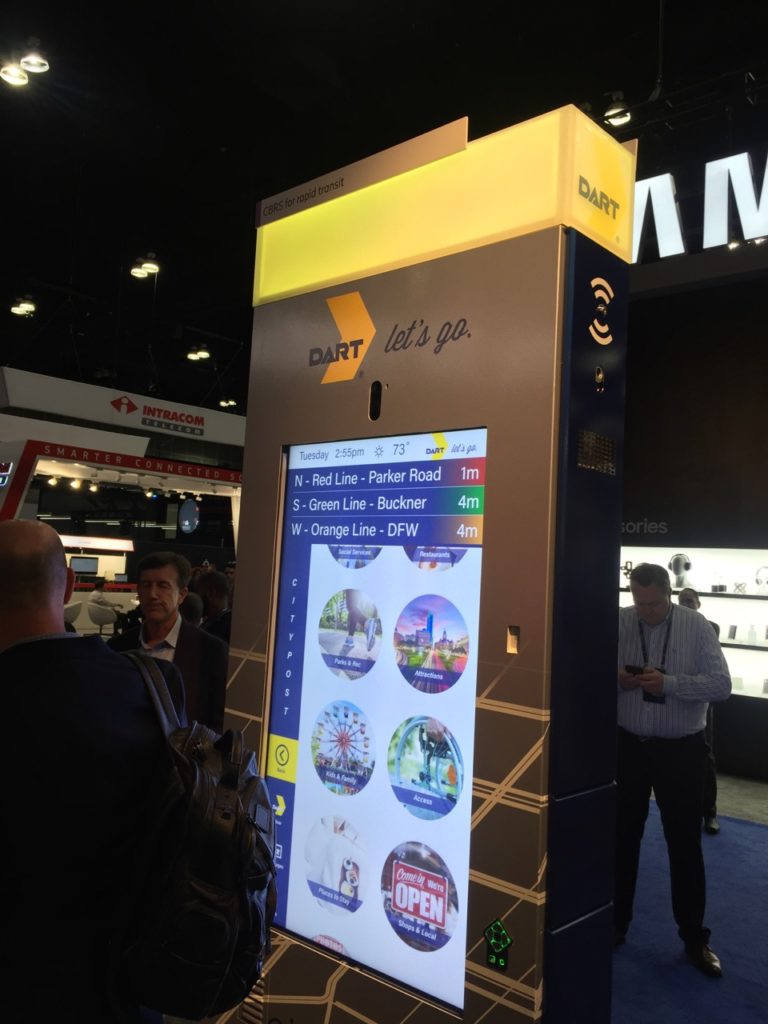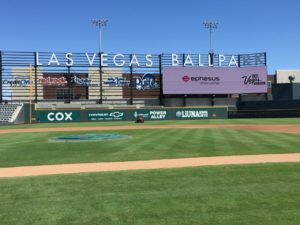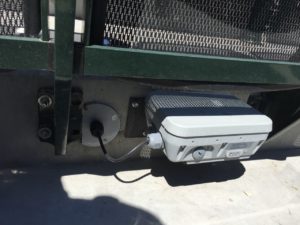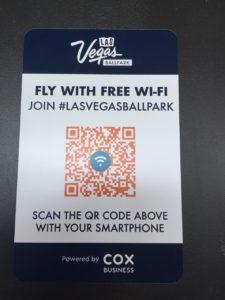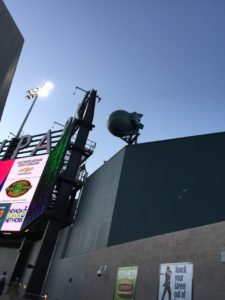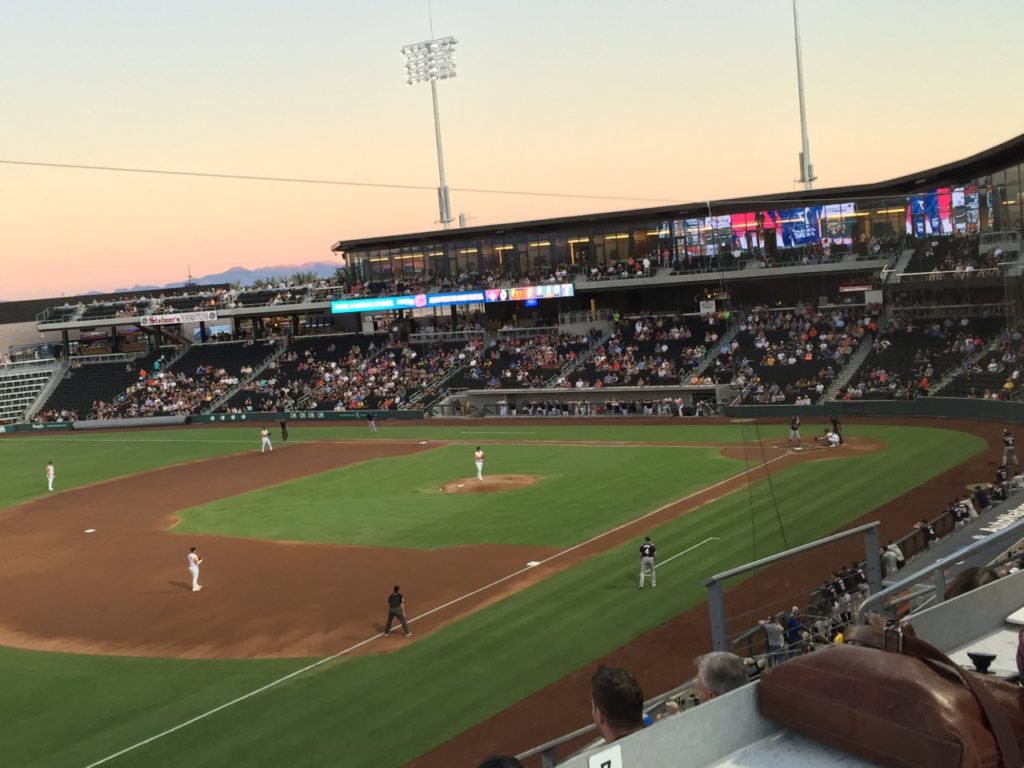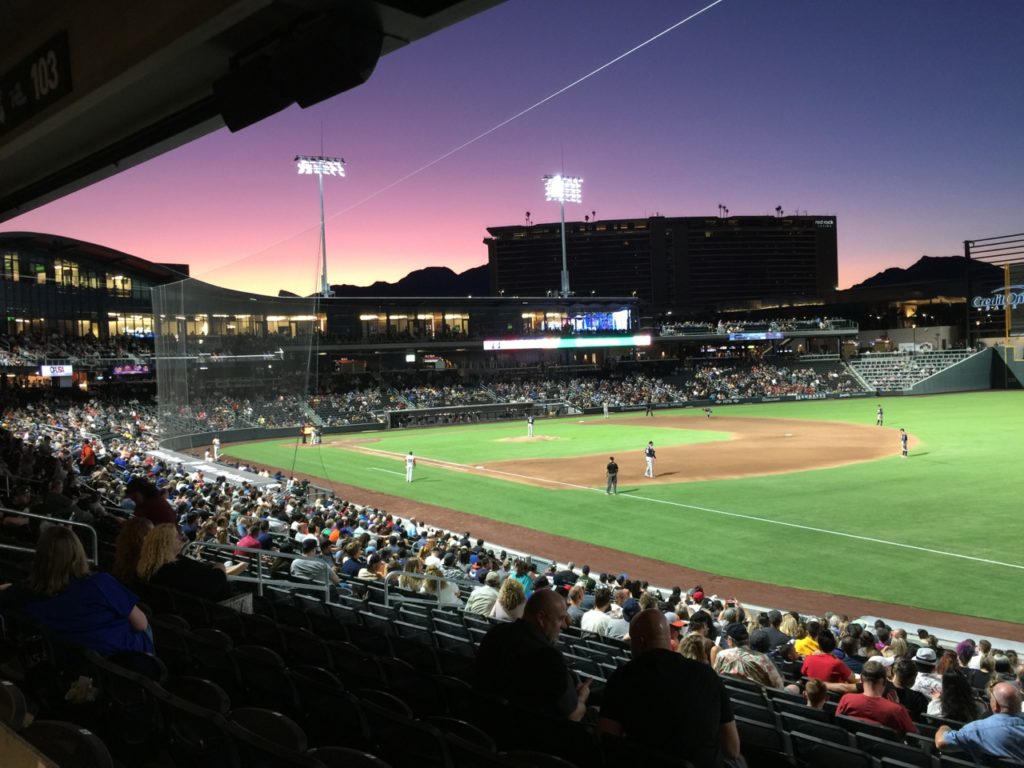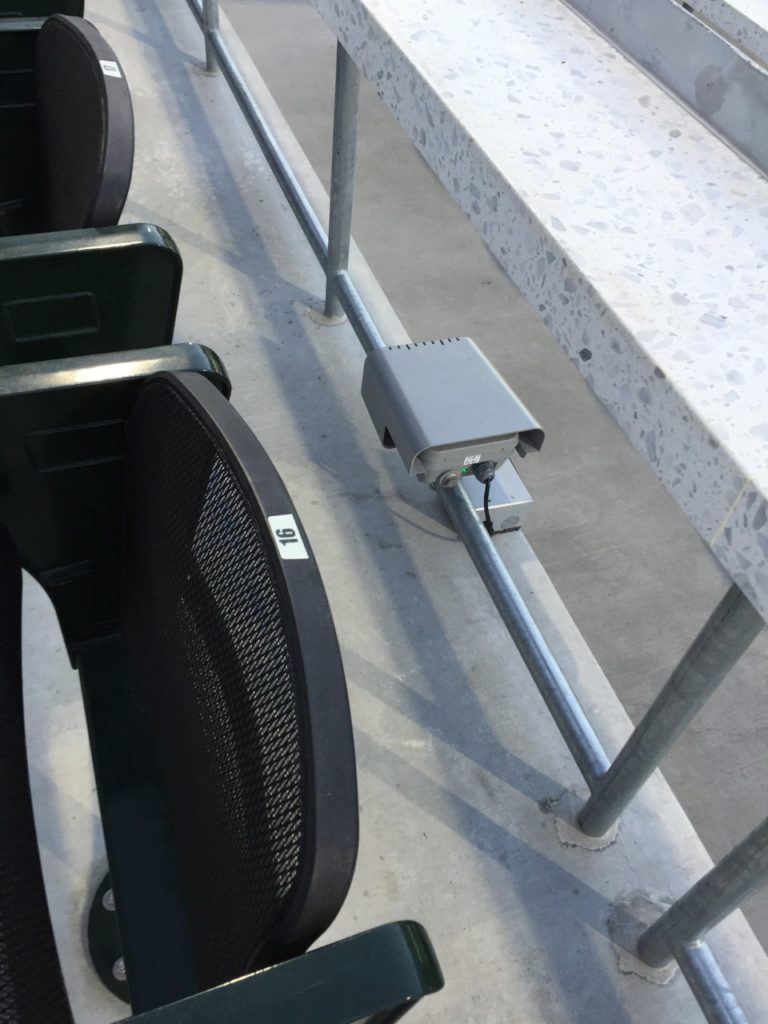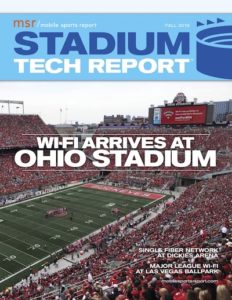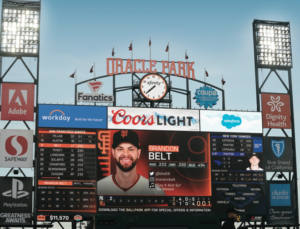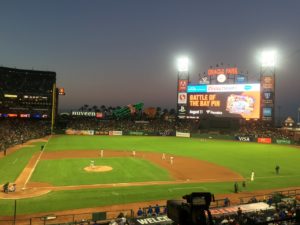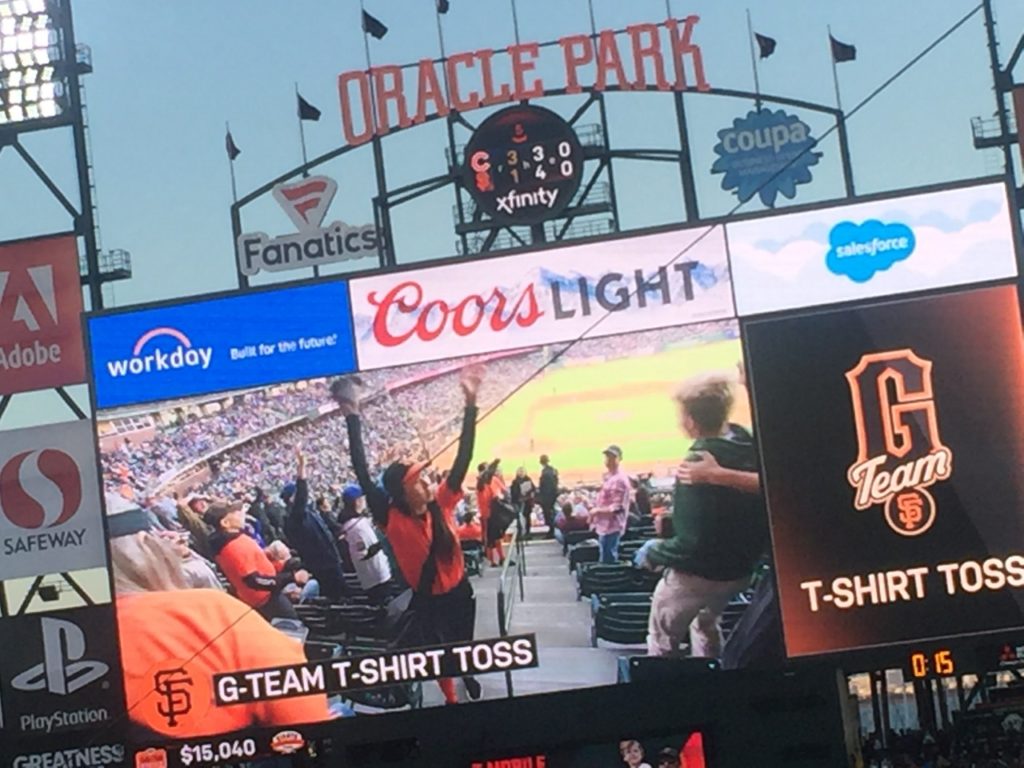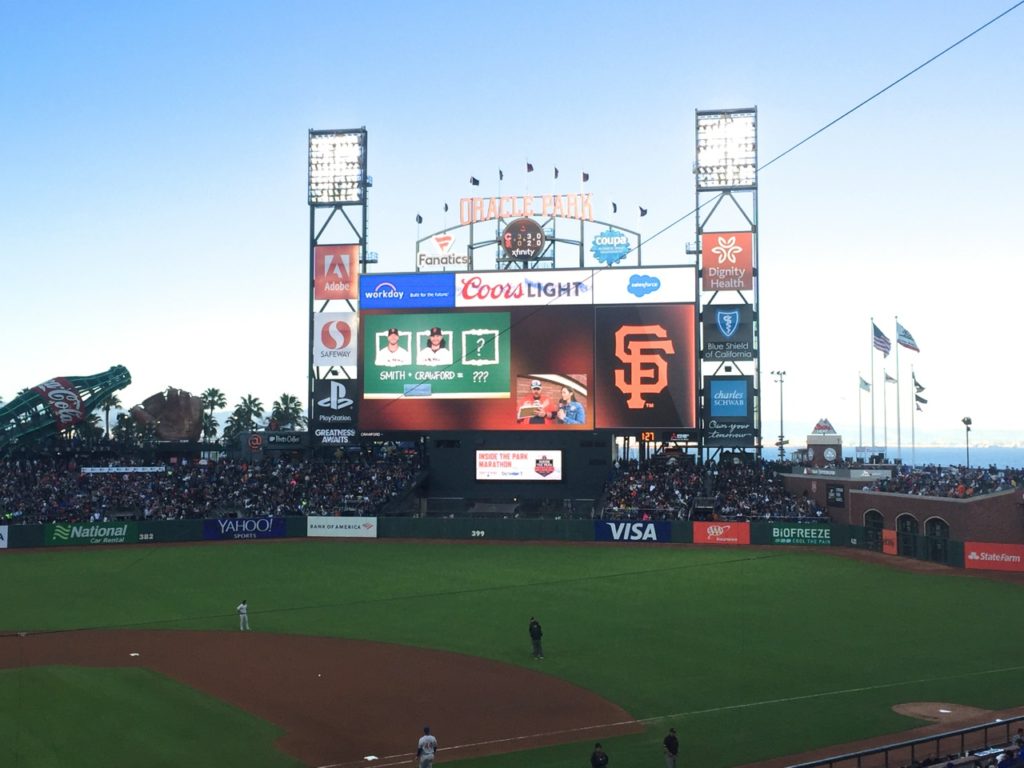On Tuesday the NHL announced is Return to Play Plan, which is centered around a direct move to the playoffs with 24 teams involved. Though many details of the idea are still to be determined, the plan is to have the first two rounds take place in two “hub cities,” where teams will be housed in a virtual bubble to try to make safety procedures easier. The idea is for players to come back for training in mid-July, but as many outlets noted, whether or not players agree to the idea is just one part of the work yet to be done.
In a short video announcing the plan, NHL commissioner Gary Bettman emphasized that nothing would take place without the approval of “civil and medical authorities.”
MLB, meanwhile, finally sent an economic plan for its idea of a shortened season to the players, and reaction so far is in the negative category, as perhaps expected with the salary cuts the owners have deemed necessary. What that means is more negotiations ahead as players and owners try to find a way to salvage the 2020 season in a way both sides can agree upon.
